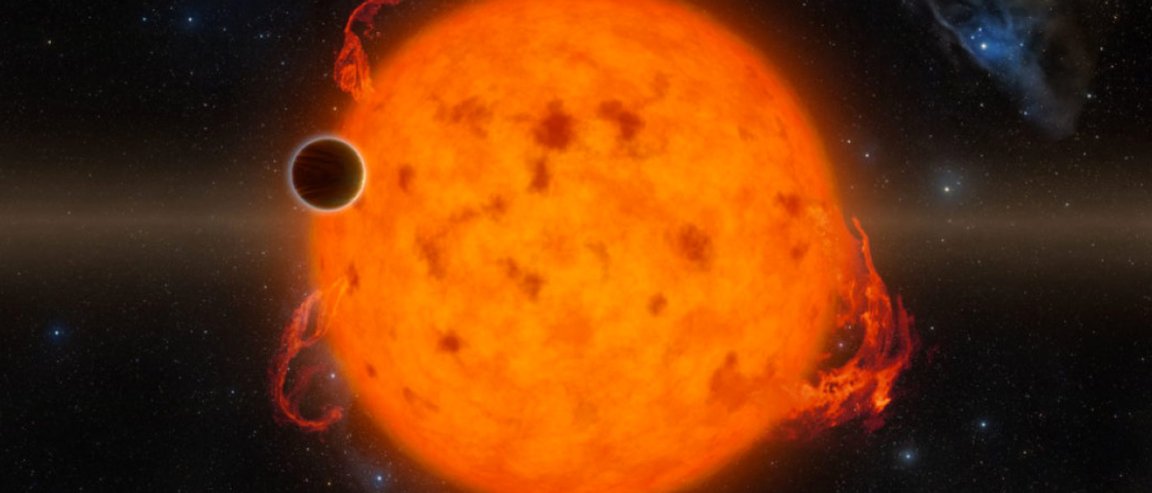
Using the transit method, NASA’s Kepler Space Telescope on its extended K2 mission has found a newborn planet orbiting its star at a very close proximity, ten times closer than Mercury is to the Sun. It is one of the very few newborn planets found up to now.

The K2-33b is a bit larger than Neptune and makes a full orbit around its host star within five days. This is odd since theories propose that it would take hundreds of millions of years for a planet this size to end up as close to a star, and the K2-33b is presumed to be only around five to ten million years old. The planet was discovered by observing the star it orbits. Researchers noticed periods of dimming that came to be explained as K2-33b’s orbit. In studying the dimming, the planet’s size and orbital period could be determined.
The team says there are only two possible explanations for this. The planet could have taken hundreds of thousands of years to migrate to its current position through disk migration, or it could have formed where it is. The latter possibility will cause astronomers to rethink their theories. “After the first discoveries of massive exoplanets on close orbits about 20 years ago, it was immediately suggested that they could absolutely not have formed there, but in the past several years, some momentum has grown for in situ formation theories, so the idea is not as wild as it once seemed,” said Trevor David of Caltech in Pasadena, lead author of the study.
Next steps for the study of the planet include measuring its mass and density. These metrics can provide clues to the planet’s future.